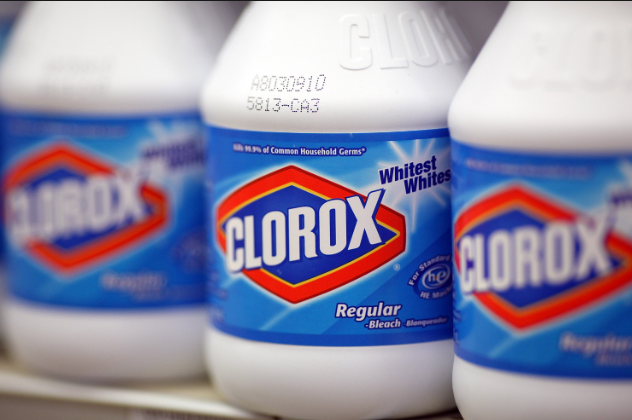The Facts and Dangers of Boiling Bleach: A Comprehensive Guide
Cleaning and disinfecting are essential for maintaining a healthy living environment. One common household product that many people turn to is bleach. However, there have been discussions and concerns regarding the practice of boiling bleach. In this article, we will delve into the topic of boiling bleach, exploring its purpose, potential risks, and whether it is a safe and effective cleaning method. By understanding the facts and dangers associated with boiling bleach, you can make informed decisions about your cleaning practices.

Boiling bleach Clorox
I. The Science of Boiling Bleach
1. Composition of Bleach: Understanding the Ingredients and their Functions
2. Chemical Reactions: Exploring the Changes that Occur when Bleach is Boiled
- Oxidation and Reduction Reactions
- Release of Chlorine Gas
3. Boiling Point and Temperature Considerations:
- Factors Influencing the Boiling Point of Bleach
- Effects of Temperature on Bleach's Properties
II. The Effects of Boiling Bleach
1. Enhanced Disinfection: Does Boiling Make Bleach More Effective?
- Research and Studies on the Impact of Boiling on Disinfection
- Benefits and Limitations of Boiling Bleach for Disinfection
2. Cleaning Power and Stain Removal: Can Boiling Bleach Help?
- Breaking Down Stubborn Stains with Boiling Bleach
- Precautions and Risks when Using Boiling Bleach for Cleaning
III. Safety Precautions and Risks
1. Health Hazards: Understanding the Dangers of Boiling Bleach
- Release of Toxic Fumes and Chlorine Gas
- Respiratory and Skin Irritation
2. Proper Ventilation and Protective Measures
- Ventilating the Area when Boiling Bleach
- Using Personal Protective Equipment (PPE)
3. Alternatives to Boiling Bleach: Safer Options for Disinfection
- Dilution and Proper Usage of Regular Bleach
- Environmentally Friendly Disinfectants and Cleaning Agents
IV. Common Myths and Misconceptions about Boiling Bleach
1. Myth #1: Boiling Bleach Increases its Effectiveness, debunking the Belief of Enhanced Disinfection through Boiling
2. Myth #2: Boiling Bleach Removes Stains Better, understanding the Limitations of Boiling Bleach for Stain Removal
3. Myth #3: Boiling Bleach Kills All Bacteria and Viruses,exploring the Factors Affecting the Disinfection Power of Bleach
V. Safe Practices and Recommendations
1. Proper Handling and Storage of Bleach
- Safety Guidelines for Storing and Handling Bleach
- Avoiding Mixing Bleach with Other Chemicals
2. Appropriate Applications of Bleach: recommended Areas and Surfaces for Disinfection with Bleach
3. Seeking Professional Advice: Consulting Experts for Guidance

Use boiling bleach for kitchen tools
Boiling bleach can have various effects and implications. While it may enhance the disinfection properties of bleach to some extent, it also poses significant risks and hazards. Boiling bleach can lead to the release of toxic fumes and chlorine gas, which can be harmful to human health and the environment.
It is important to approach the use of bleach and boiling bleach with caution. Safety precautions such as proper ventilation and the use of personal protective equipment are essential when working with bleach. It is also crucial to follow the manufacturer's instructions and recommendations for dilution and usage.